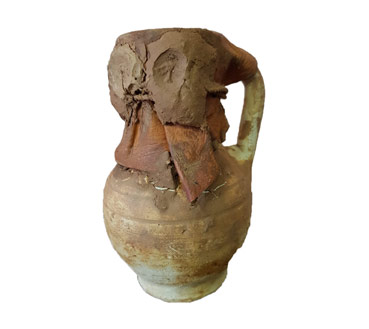Afghanistan
Afghanistan
Understanding, revealing, and protecting the past
Aghanistan is the quintessential “crossroads of cultures” where the civilizations of the Near East, Central Asia, South Asia, and China interacted over thousands of years through a constantly shifting mixture of trade, cultural borrowings, migration, imperial conquests, and periodic conflict. This complex history of contacts gave rise to some of the most important archaeological, artistic, architectural, and textual treasures in world cultural heritage—encompassing cultures as diverse as the Bronze Age cities of Bactria, the Achaemenid Persian Empire, the easternmost colonies founded by Alexander the Great and his Hellenistic successors, the Kushan Empire astride the Silk Road, the monumental Buddhas of Bamiyan, and the Timurid masterpieces of late medieval Islamic architecture in Heart.
Tragically, the cultural heritage of Afghanistan has been devastated by four decades of continuous war from the Soviet invasion of 1979 to the present. Since 2012, the Oriental Institute has been carrying out large-scale projects of cultural heritage preservation in Afghanistan, supported by grants from the U.S. Department of State through the American Embassy in Kabul. The OI’s ongoing efforts focus on developing a well trained, well equipped cohort of Afghan professionals who will be responsible for the stewardship of the unique historical treasures of their rich history of civilization.
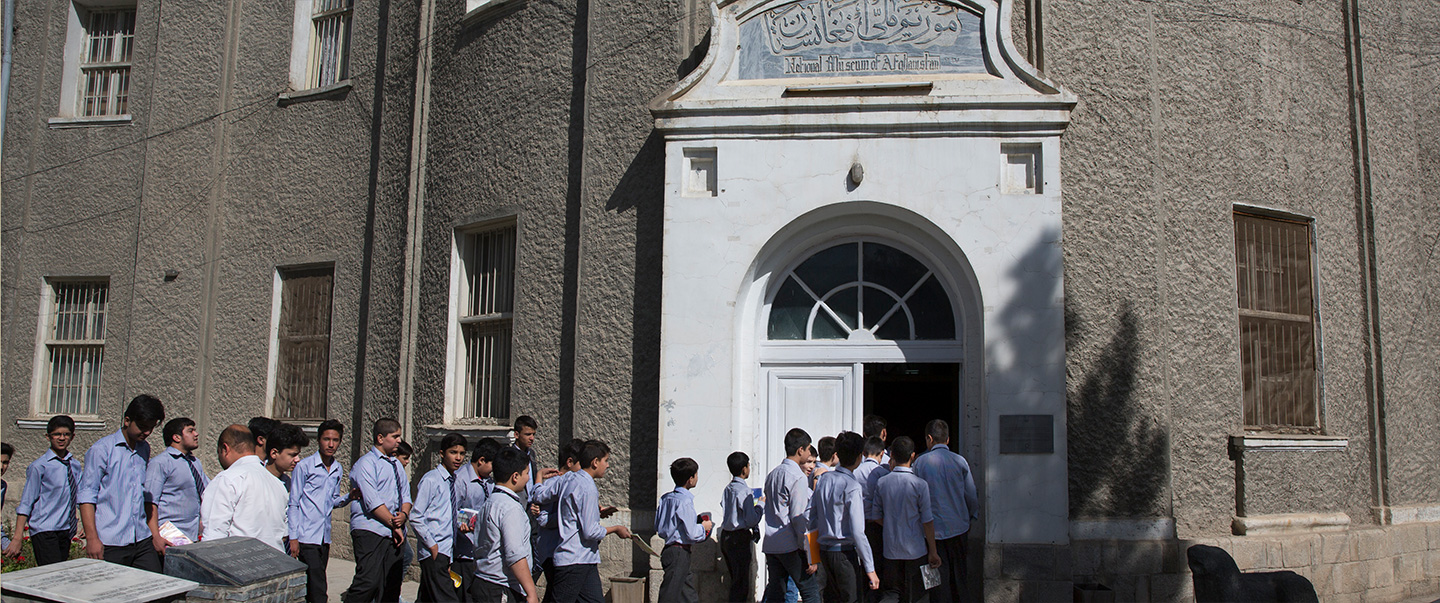
Entrance of the National Museum of Afghanistan, Kabul (Photo Robert Nickelsberg
Inventorying gold objects in the vaults of the Central Bank in the Presidential Palace
Rebuilding the National Museum of Afghanistan
The National Museum of Afghanistan (NMA)—the most important repository of cultural heritage in that country—was devastated by the Afghan civil war (1989–95). During the subsequent period of Taliban rule, Taliban forces entered the National Museum in March 2001 and smashed hundreds of priceless sculptures and figurines. An estimated 70 percent of the National Museum’s holdings were either looted or destroyed, and 90 percent of its artifact registration records were burned.
The National Museum of Afghanistan-Oriental Institute (NMA-OI) Partnership has developed a bilingual Dari-English database to accommodate the first full inventory of the National Museum’s collection. The records include both objects held in the National Museum and the highest value objects stored in the vaults of the Presidential Palace. The inventory continues to grow as the museum accessions new objects—most notably from the ongoing rescue excavations at the ancient city of Mes Aynak in Logar province. In addition, the NMA-OI Partnership has helped with condition assessment and rehousing of the National Museum’s objects and is training its staff in conservation and restoration, database management, and artifact curation.
THE OI BY THE NUMBERS
143,835
objects inventoried in
46,504
records
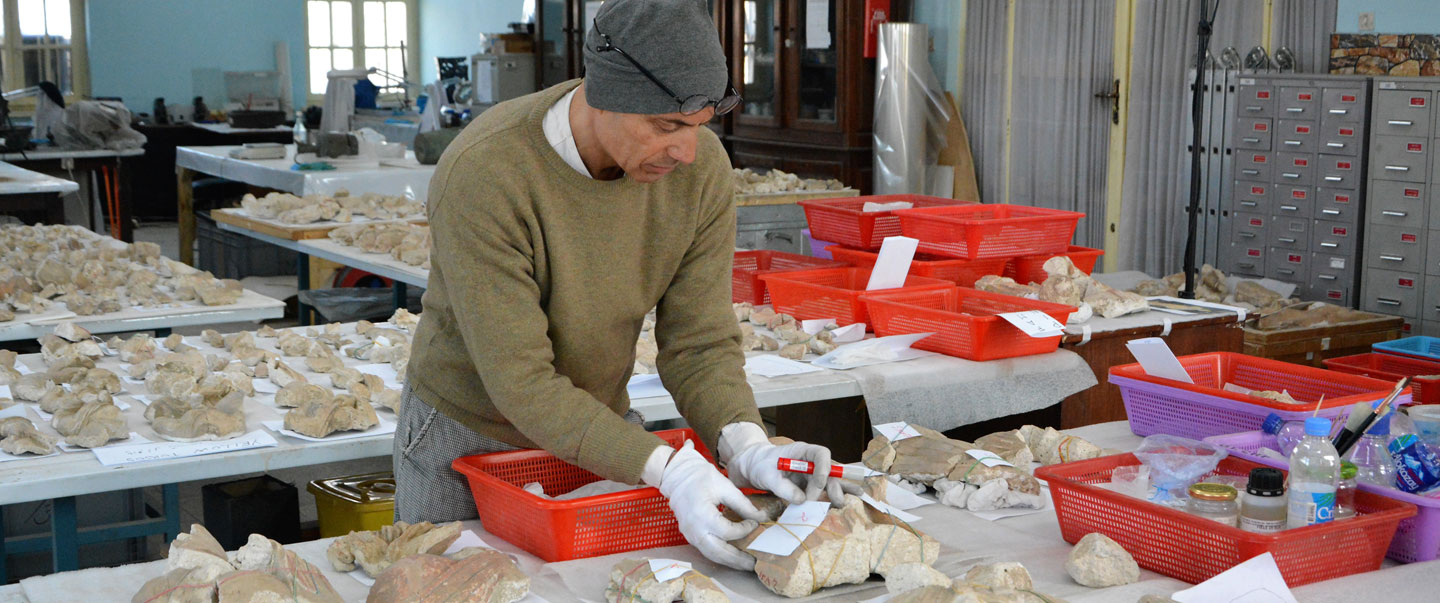
Sorting the Hadda sculptural fragments at the National Museum
Partially restored head of Buddha
Restoring Early Buddhist sculptures from Hadda
The approximately 3,000 Hadda sculptures at the National Museum of Afghanistan and in the Musée Guimet in Paris form one of the most important collections of Early Buddhist (Gandharan) art in the world. These 1,500-year-old sculptures were excavated by the Délégation Archéologique Française en Afghanistan at the early Buddhist monastery sites at Hadda, near the Khyber Pass in southeast Afghanistan, between 1926 and 1978. In 2001, the Taliban systematically smashed—at a minimum—332 Hadda sculptures at the National Museum.
The Hadda Sculptural Restoration Project is working to conserve, restore, and eventually place on public display the Early Buddhist sculptures in the National Museum’s holdings. The team has been reassembling the sculptures using catalog numbers preserved on some stone fragments as well as Francine Tissot’s 2006 partial catalog of objects in the National Museum collections.
THE OI BY THE NUMBERS
6,961
preserved fragments
374
joined fragments
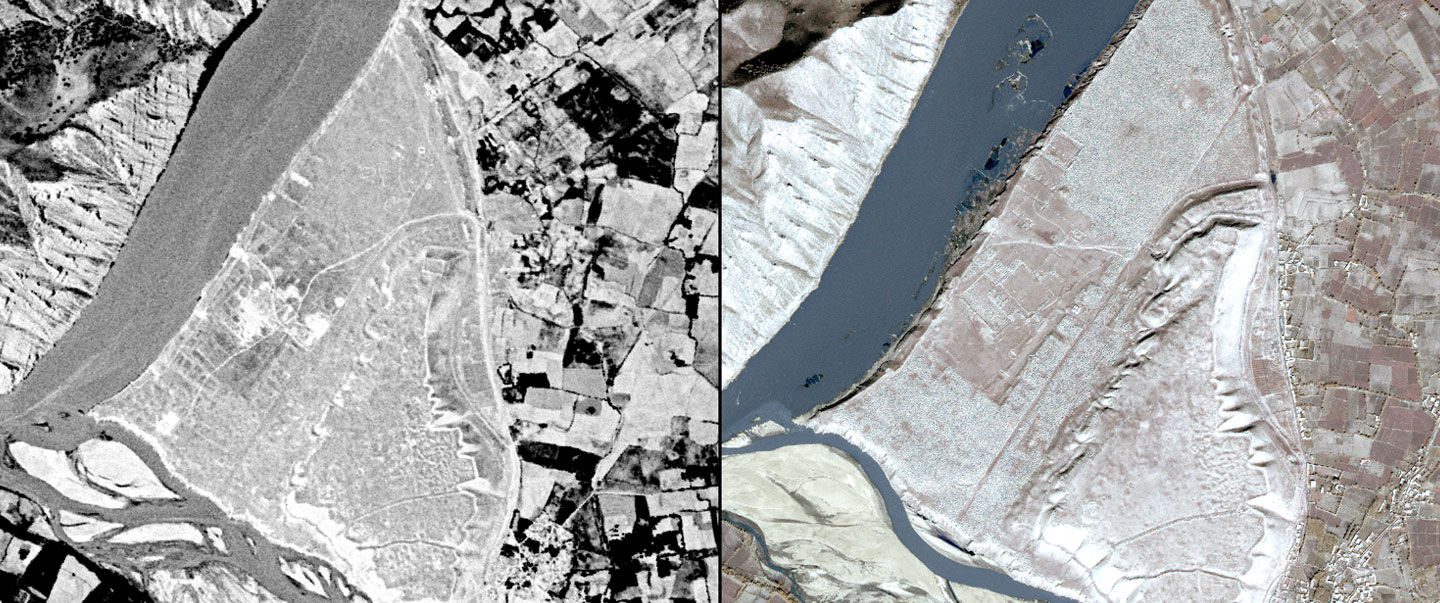
Satellite images in 1970 and 2014 of the Hellenistic city of Ai-Khanoum
Mapping the Heritage of Afghanistan
Using remote sensing satellite imagery, the Afghan Heritage Mapping Project (AHMP) is developing a geospatial database of all detectable archaeological sites in Afghanistan. The database currently contains more than 6,000 heritage sites. At the same time, the project is training the staff in Kabul to locate these archaeological sites using geographic information systems (GIS). In addition to being able to monitor sites for evidence of looting, the development of the geospatial database will allow heritage protection to be incorporated into mining, economic, and urban development projects. The technical training and capacity building for the staff of the AIA has taken place both in Afghanistan and at the Center for Ancient Middle Eastern Landscapes (CAMEL) Laboratory at the OI in Chicago.
FROM THE OI
Afghan heritage remains highly fragile and subject to continuing serious threats..
Gil Stein, Professor of Near Eastern Archaeology and Director – Chicago Center for Cultural Heritage Preservation (C3HP)
Presenting the Museum Project to students at a High School in Kabul
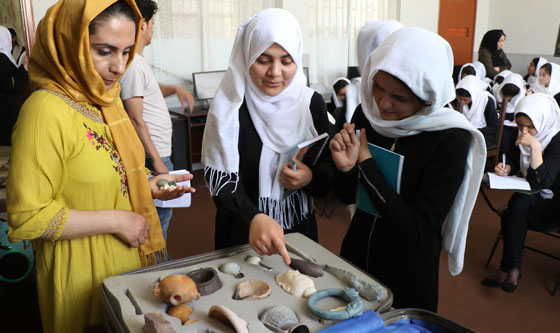
Students interacting with 3D printed artifacts of objects in the National Museum collection
Teaching the history of the civilizations of Afghanistan through the National Museum’s collection
The National Museum of Afghanistan Outreach Initiative (NMAOI, but also known as the “Mobile Museum Project”) has developed the first national-scale program of outreach education to raise awareness of the National Museum across Afghanistan: what it is, why it is important, what kinds of objects are represented in its collections, and what these objects can tell us about the history of civilizations in Afghanistan. This three-year collaboration between the OI and the National Museum is making use of digital technology and object-based learning (including 3D prints of objects from the National Museum's collection) as ways of engaging with students through in-class presentations in schools in Kabul, Herat, Mazar-e-Sharif, Bamiyan, Kandahar, and Jalalabad, and in the US Embassy’s Lincoln Learning Centers, as well as with children in orphanages across the country. To date, the Mobile Museum Project has reached over 11,364 students.
